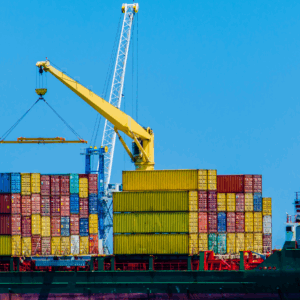
This blog draws on industry research and case studies to explain the various types of freight services, the key factors to consider when deciding between LTL (Less Than Truckload) and FTL (Full Truckload), the challenges in road logistics, and how predictive freight models and procurement strategies are transforming the freight transportation industry. If you’re asking, “How do I ship freight?” or “What are the most effective freight options?”—this guide is for you.
What Are the Different Types of Freight Services?
Freight services are generally categorized into several modes: road freight, air freight, ocean freight, and rail freight. Within each, services can be full truckload (FTL), less-than-truckload (LTL), express, or intermodal.
The document Evaluating the Performance of Freight Transport explains that there is no universal freight solution. Instead, different logistics configurations perform uniquely depending on variables like delivery time, cargo volume, and destination. The study emphasizes that performance evaluation in freight is complex and depends on multiple dimensions, including punctuality, reliability, flexibility, cost efficiency, and transit time.
Digital freight forwarding has enhanced flexibility by allowing shippers to quote, book, and track shipments through online platforms. This streamlining is particularly useful for international freight services, where documentation and customs compliance can otherwise delay deliveries and increase costs.
Road Freight Logistics: Current Challenges and Digital Solutions
According to Problemas y Soluciones de la Logística del Transporte, road freight remains the dominant mode for many types of cargo due to its flexibility and door-to-door capability. However, it faces growing challenges, including:
- Urban congestion
- Lack of adequate infrastructure
- Rising fuel costs
- Stricter environmental regulations
- Shortage of qualified drivers
It is highlighted that “transportation costs account for between 50% and 75% of total logistics costs,” making transport efficiency a critical factor for business competitiveness.
In the document Innovative Road Freight Logistics, Angheluță and Ungureanu analyze how digitization can counteract these problems through:
- Telematics systems for real-time monitoring
- Fleet Management Systems (FMS)
- Traffic algorithm-based route optimization
- Integration of IoT sensors in vehicles and cargo
These technologies enhance safety, minimize costs associated with unproductive mileage, and facilitate proactive decision-making for vehicle maintenance and regulatory compliance.
FTL vs. LTL: Which Freight Mode Is Best?
One of the most strategic decisions in road logistics is choosing between FTL (Full Truckload) and LTL (Less-Than-Truckload). This choice depends on factors such as shipment size, urgency, cost, and the sensitivity of the material being handled.
In the paper Criteria Analysis for Deciding the LTL and FTL Modes of Transport, a multi-criteria decision-making model highlights how FTL is more cost-effective for larger shipments, reduces cargo handling (hence lowering the risk of damage), and offers faster delivery. LTL, on the other hand, is ideal for smaller loads, providing greater flexibility in terms of scheduling and space optimization.
Additional considerations often include:
- Transit time tolerance
- Cost sensitivity
- Frequency of shipments
- Packaging fragility
- Warehouse availability
FTL trucking is ideal for high-volume routes, direct-to-retailer transport, and the transportation of temperature-controlled goods. LTL works best for regional deliveries, e-commerce replenishment, and multi-stop shipments.
Logistics Services and Freight Procurement Strategies
Freight and transport services can be outsourced or managed in-house. The study Variety in Freight Transport Service Procurement Approaches identifies four main procurement models:
- Transactional-based – Based on short-term contracts and spot rates.
- Strategic alliances – Long-term partnerships to share operational risks.
- Third-party logistics (3PL) – Full outsourcing of transport and warehousing.
- Digital freight matching – Using platforms to connect shippers and carriers in real time.
The selection of a procurement method depends on organizational needs, shipment frequency, and exposure to uncertainty. Companies with stable flow often prefer contracts; those in volatile markets may use dynamic pricing platforms to benefit from last-minute rate advantages.
Freight Rate Volatility and Predictive Planning
Understanding how to get the best freight rates requires not only comparing quotes but also predicting how the market will behave. Forecasting Turning Points in Shipping Freight presents methods developed over 30 years to anticipate freight rate cycles. The paper concludes that “freight rate volatility follows a feedback loop, where capacity expansion and economic growth interact to produce cyclical price behaviors.”
For shippers, this means:
- Avoiding peak-season surcharges
- Signing long-term contracts when prices are low
- Using rate forecasting to plan annual budgets
- Monitoring carrier capacity trends
Digital freight platforms are increasingly integrating such analytics into their quoting systems, enabling logistics managers to make data-driven decisions.
How Do I Ship Freight Efficiently?
Shipping freight efficiently involves planning, selecting the right platform, and ensuring compliance with regulations. A modern freight process includes:
- Getting a freight quote from a trusted platform
- Choosing the correct mode (FTL, LTL, intermodal)
- Preparing accurate documentation (BOL, customs forms)
- Selecting reliable freight companies
- Tracking via GPS/telemetry integrations
- Reviewing carrier performance and cost KPIs
The study on Transport Services Management in Transport and Logistics Methods emphasizes that the process must also be flexible and adaptive. It asserts that “transport management must align with customer satisfaction 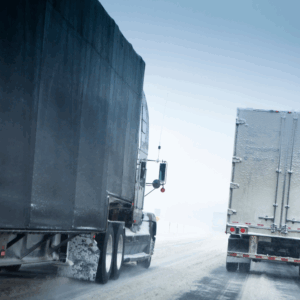
Frequently Asked Questions
What is GO – General Order?
It is a customs status assigned to imported goods when no entry has been filed with U.S. Customs after a set period. Cargo in GO is moved to a bonded warehouse and may be auctioned if not cleared.
What does “Late” mean in tracking?
It indicates your shipment is still in transit but has missed the scheduled delivery date.
What is a Screening Consent Form?
Required for all air cargo, this form authorizes security screening and must be provided if ExFreight is not managing the export documentation.
What’s better: FTL or LTL?
FTL is better for high-volume, urgent shipments. LTL is more flexible and economical for smaller, non-urgent freight.
What are digital freight forwarders?
They are platforms that automate quoting, booking, and tracking, streamlining freight and transport processes.
Freight transportation is no longer just about moving goods from one point to another; it is also about optimizing the logistics of the supply chain. It’s a strategic function that can impact your bottom line, customer satisfaction, and operational efficiency. With the increasing complexity of supply chains, choosing the right freight services—from road freight to FTL trucking—requires knowledge, planning, and the use of modern freight technology.
This blog, supported by academic research and industry practice, helps answer critical questions like “How do I ship freight?”, “When should I use FTL?”, and “How can I predict rate changes?”. As the freight industry evolves, so should your logistics strategy.
Explore ExFreight’s platform today and take control of your shipping decisions.

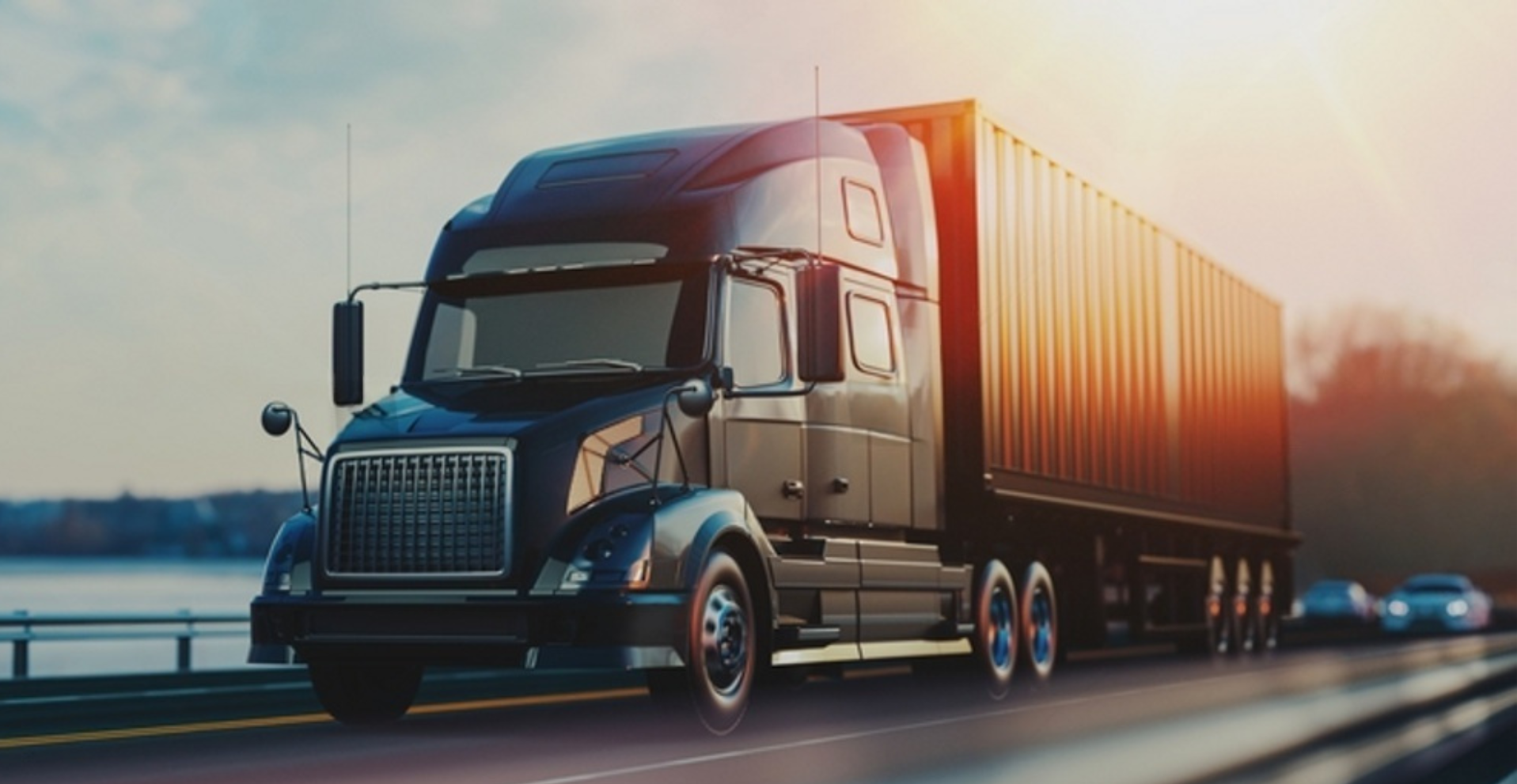

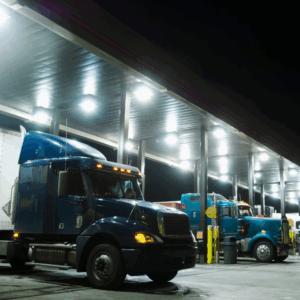
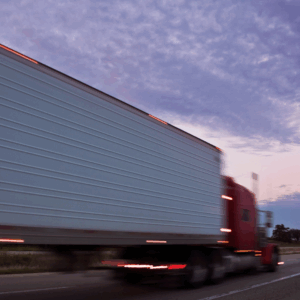

Leave A Comment
You must be logged in to post a comment.